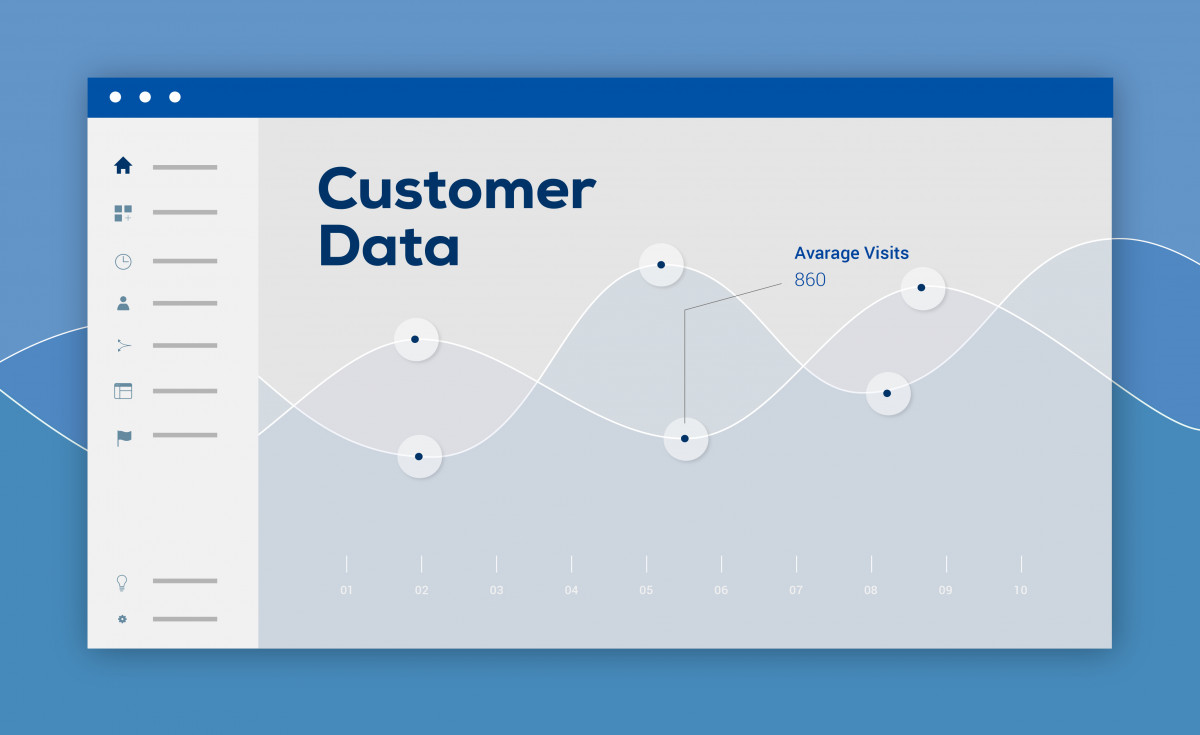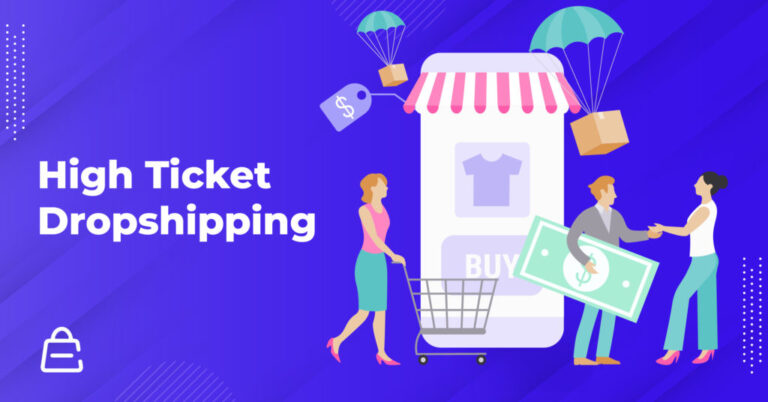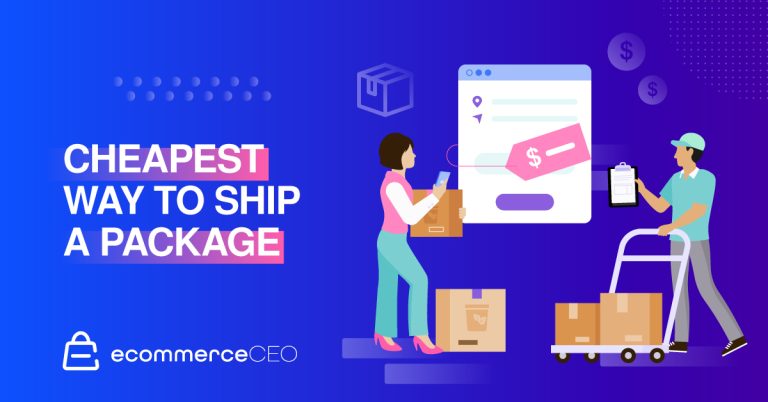
- Posted on
- • December 10, 2018

A few years ago, customer data was like water in the desert. Marketers and strategists would squeeze every last drop of the limited data they could find for actionable insights. Then came social media, user-generated data, and countless analytics engines that seem to know us better than we know ourselves. Now you can’t throw a rock without hitting a super-effective method of data collection. Using data to increase sales is easier than ever.
This is great news for online sellers, who would otherwise have to rely on guesswork to identify their customers. With an abundance of data streaming in from every direction, eCommerce merchants have all the information they need to know who’s buying what, when, and how they found it. While this is great, data collection isn’t what drives results. It’s what merchants do with their customer data that counts.
Data-Driven eCommerce
To run a truly data-driven eCommerce strategy, you need to actively seek out applications for the insights you derive from customer data. Consider how you can make a piece of content more targeted, a store function more relevant, or a conversion pathway clearer. Use your data to guide these improvements.
We’ll use one of Miva’s newest features, Template Level Functions, to explore some data-driven improvement possibilities. With this feature, you can assign shoppers to a price group, using customer data to inform your pricing and promotional strategy:
Discounts for Certain Customer Locations
Use customer geographic data to apply dynamic, location-based pricing. This enables you to create promotions and offer special pricing in certain regions.
Referring Page Discounts
Running several campaigns at once? Use the source of your customer’s entry to your site to determine the pricing they see.
Incentivizing Customer Action
Offer incentives like discounts or free gifts associated with an action you want your customers to perform. Once the action is complete, the incentive will automatically apply.
Using Data to Increase Sales
As described above, data-driven dynamic content can be used to create a highly targeted, personalized experience for shoppers. While this can be excellent for increasing conversion rates and engaging shoppers, behind-the-scenes data usage is just as crucial to an effective, data-driven eCommerce strategy.
Here are just a few ways you can use data to increase sales:
- Analyze your visitor referral sources to identify high-yielding channels.
- Look for demographic and seasonal trends you can use to craft targeted promotions.
- Discover potential upsell opportunities by looking at products commonly purchased together.
- Assess the effectiveness of your content so you can focus on what works and improve what doesn’t.
- As discussed above, use customer location and activity data to create a dynamic, personalized shopping experience.

A data-driven strategy is important, but it can only get you so far. Learn how to provide a premium eCommerce experience.






